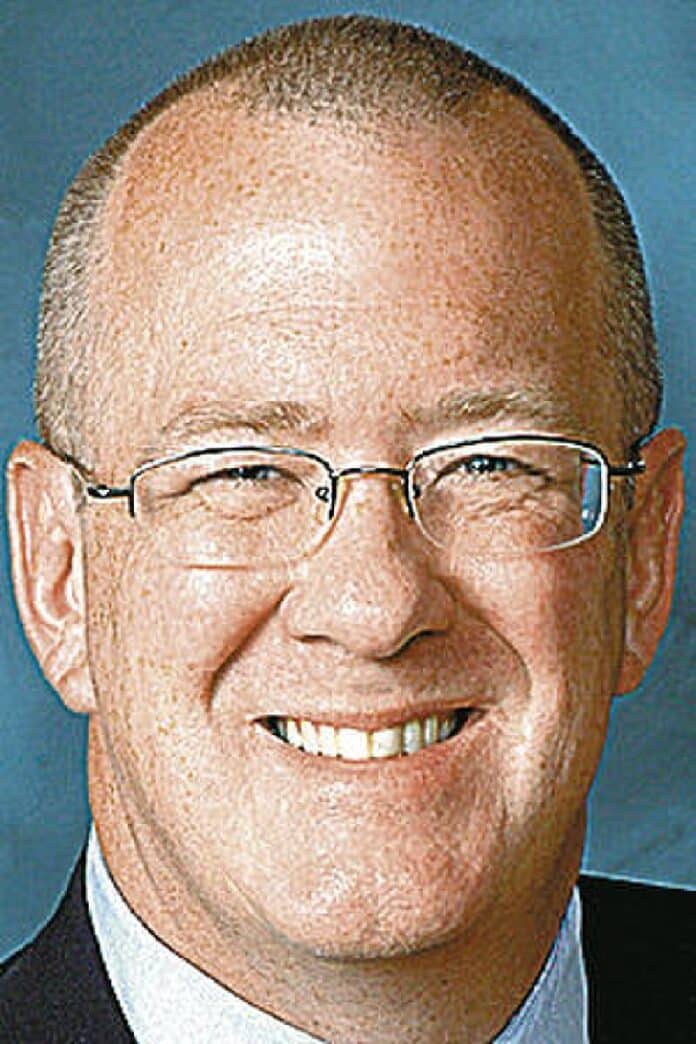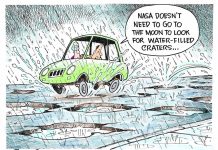Two decades ago, as a brand-new professor, I worked with a team of researchers studying healthcare access in rural West Virginia. Our goal was to identify ways to measure the effects of missing medical treatment or barriers that might prevent patients from following up with healthcare.
Our research team decided to look for natural experiments within the health records of patients. We were looking for conditions that interrupted normal healthcare. In a mountainous, rural location, I thought transportation problems were likeliest, as bridges and roads were often closed. We also looked for the closing of clinics or providers across the state. Neither of these were fruitful, but we did find one unusual event. The sole mammography equipment, which was located in a remote rural clinic, broke and remained unusable for a year. The effects of that incident became the focus of our study.
We pulled every record of every woman who’d visited the clinic in the years preceding the breakage, and everyone who visited for three years afterwards. In the years leading up to the machine breaking, there was steady use of the machine and a nearly constant rate of cancer detections. That diagnostic tool was doing its job.
Once the machine failed, the test rate of these women plummeted to near zero.
Once the machine was repaired, the number of women who received a mammogram at the clinic doubled over the next year. Sadly, the number of cancers detected more than doubled in the months after the machine came back online. This means that many women who deferred diagnostics for breast cancer missed a chance to catch their tumor early, when the disease is more survivable.
This was one incident at a small clinic, but it demonstrated that the absence of this machine locally proved a tremendous barrier to screening. COVID has caused these sorts of interruptions all across the country. It’s been 20 years, and I honestly don’t recall all the policy results of this study, except that a mobile mammography trailer was purchased and used throughout parts of rural Appalachia.
I’d largely forgotten this study until last spring, when my wife was diagnosed with breast cancer. Like many women, her cancer was detected in a routine annual screening.
In many ways my wife was lucky — if luck is the right way to describe any cancer diagnosis. Her annual screening was delayed by only a few months due to COVID. She was able to reschedule her missed appointment, and the tumor did not have time to grow or spread. Had she delayed screening by a full year or more, her good prognosis might be very different. For many Americans, COVID had similar effects to the broken mammography machine, even if the delays were by choice due to concern about exposure to COVID.
My wife is extremely healthy and is a thoughtful, educated consumer of medical care. She was diligent in rescheduling her physical. The medical office closures and full hospitals played no more than a modest role in her cancer detection and treatment. That won’t be the case for everyone. As we think about the longer-term effects of COVID, we must consider how many people have deferred medical care because of the disease.
Closed medical offices and overflowing hospitals will have caused many to delay diagnosis or treatment. For some, the delay will lead to more difficult treatment or an earlier death. For others, it will be an inconvenience that reduces their quality of life. The United States is a large country, so these delays affect tens of millions of Americans. The delay of simple diagnostic services or treatments will be devastating for thousands of these people, but for the fortunate others, it will be merely annoying. All of these will be part of our long struggle with COVID, and will have deep and lingering effects, both personally and economically.
October is breast cancer awareness month. Many local groups, especially our schools, have events designed to raise money and encourage women to schedule their annual screenings. This is surely the most important breast cancer awareness month, coming as it does after 18 months when tens of millions of American women have missed their annual screening. So, this would be a good time to encourage friends and family, or really anyone you know, to get that health checkup they missed during peak COVID.




